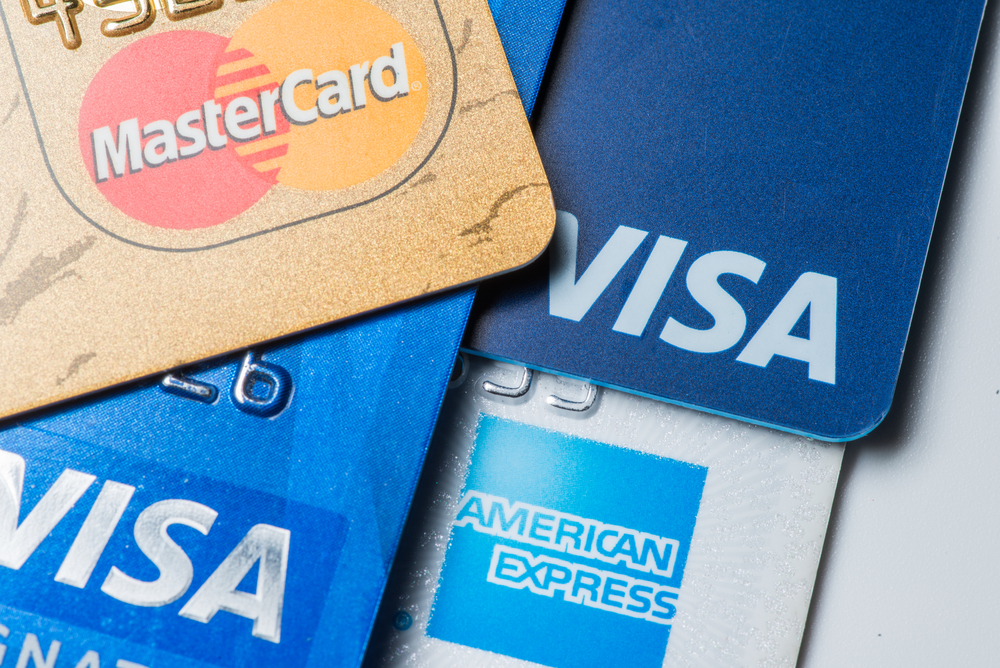Credit card use increased 9 percent overall in the second quarter of 2017, according to the American Bankers Association’s latest Credit Card Market Monitor.

Purchase volumes over the previous 12 months ending June 30 rose 4.9 percent for prime accounts and 5.2 percent for super-prime accounts. However, purchase volumes fell 1 percent for subprime accounts in that same period.
The number of new accounts also increased slightly in the second quarter, just 0.2 percent. That is the slowest pace since 2013, reflecting lower growth in new prime and subprime accounts.
In addition, the amount of interest cardholders were charged rose 13 basis points to 11.88 percent in the quarter. This remains below recession-era levels. ABA said the increase is due mainly to Federal Reserve’s move to raise interest rates by 25 basis points in March.
“While the credit card market continues to expand, issuers appear to be tapping the brakes on new account creation for prime and subprime borrowers,” Jess Sharp, executive director of ABA’s Card Policy Council, said. “Issuers always look carefully at performance across all categories of borrowers to assess risk and determine the pace of credit card offerings.”
Further, credit card credit outstanding rose 13 basis points to 5.46 percent in the second quarter, which is also below pre-recession levels.
“Recent growth in the credit card market mirrors improvements in the overall economy,” Sharp said. “Consumer confidence is elevated, unemployment is at a 16-year low, and wages are rising — all positive signs for consumer financial health. Consumers remain well-positioned to manage their credit card accounts and build credit.”